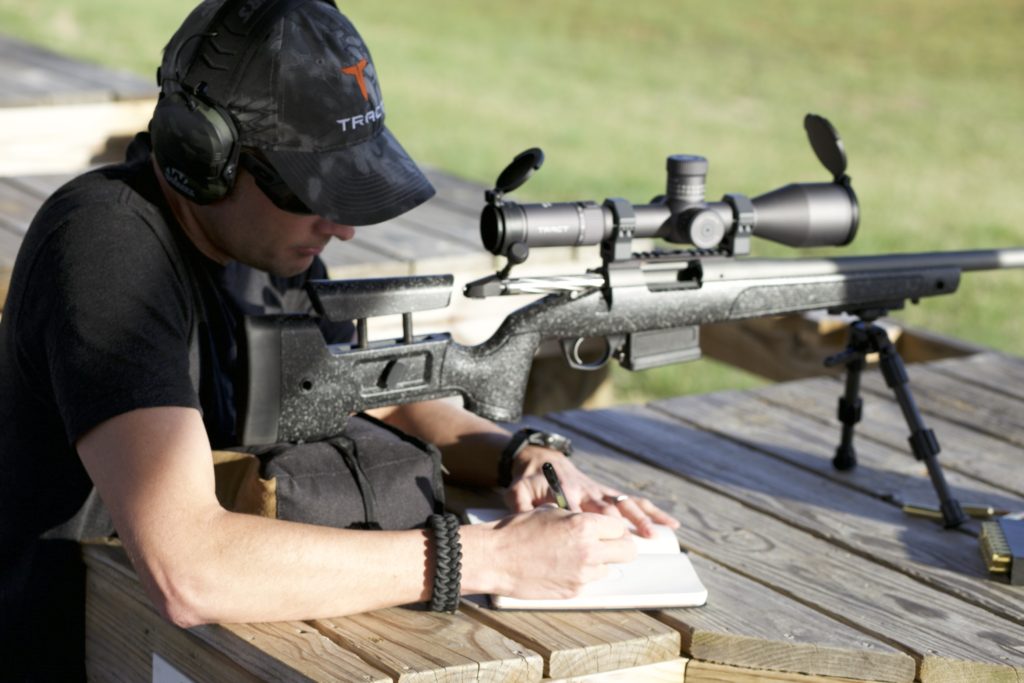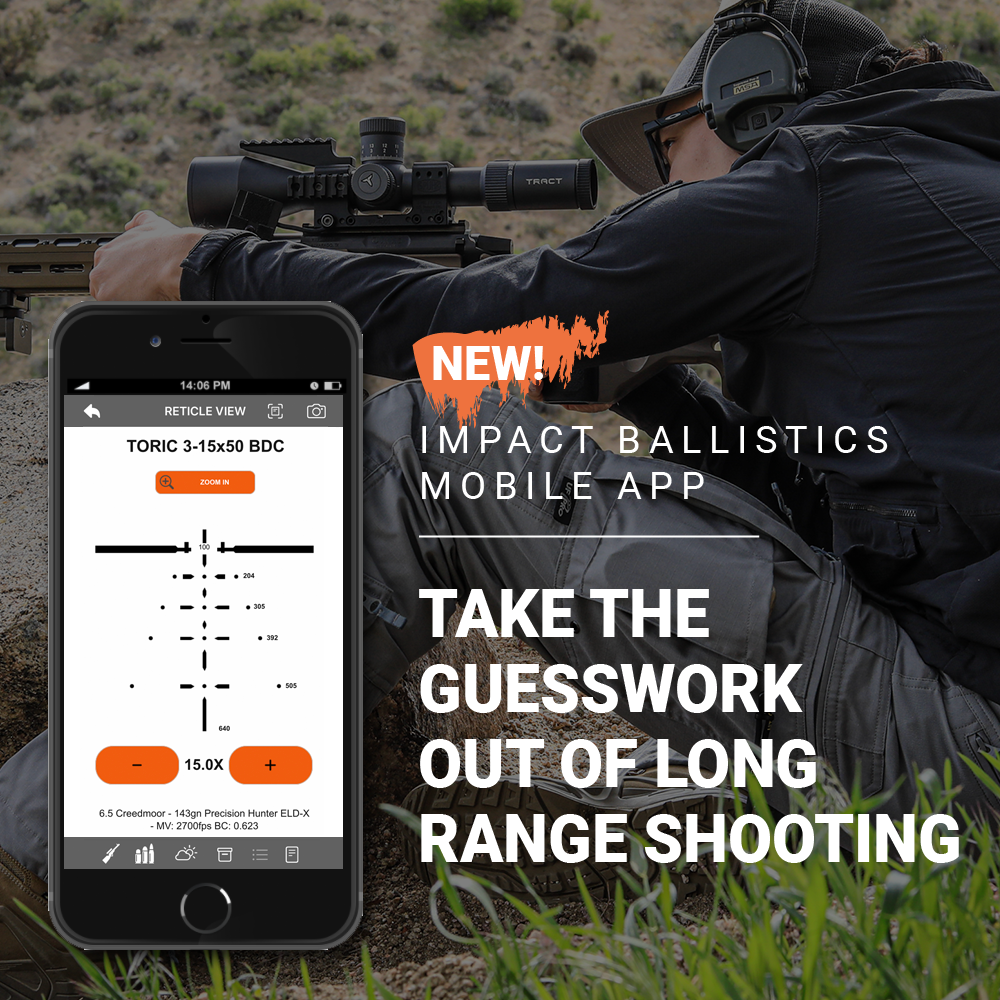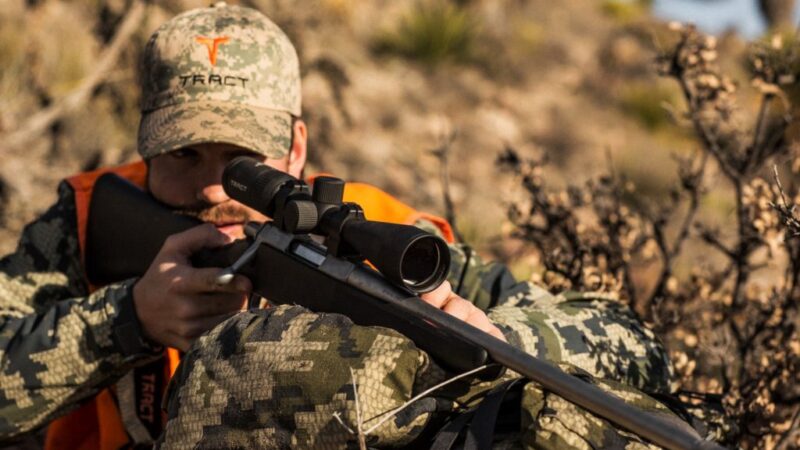6.5 Creedmoor vs .308 Win.
Comparing the 6.5 Creedmoor vs .308 Win. is like lining up a modern-day roadster next to a classic American muscle car.
All the newer versions of the 6.5 come packed with features, but justice abounds to why the .308 is still the most popular mid-sized hunting round on the market. Let’s drop the flag on these two titans of ammunition and ride through the course for each one.
History
After World War II, the US military shifted theory on bullet and round design. Since the turn of the century, the .30-06 was the Army’s round of choice. But lessons learned in the 1940s led to the development of a new standard-issue round.
The new cartridge would allow for shorter actions. Shorter actions allowed shorter, lighter, more maneuverable battle rifles that would permit quicker follow-up shots and a handier rifle design. The new round was also required to contain nearly as much knockdown as the venerable ‘06 but in a shorter, lighter round so soldiers could carry more ammunition without adding weight.
Enter the .308 Winchester, which was introduced in sporting rifles in 1952. It was adopted as the new gold standard in 1957 via the M14 and the 7.62×51 NATO that’s still in use today.
Where the .308 was conceived for the battlefield, the 6.5 Creedmoor entered existence as a specialist – to provide the mass market with a capable and widely available long-range-precision round. In 2007, Dave Emary, chief ballistician for Hornady, developed the round from a series of requests from champion rifle shooter, Dennis DeMille.

The 6.5 Creedmoor was designed from necking down a .30 Thompson Center (.30 TC) case and mounting a 6.5-millimeter bullet. The new round was intended to have less recoil than a .308, enable prolonged barrel life, and be widely available and easily replicated. Since 2007, the 6.5 Creed has caught on like wildfire. It’s risen to become one of the most popular long-range rounds ever produced.
Uses
While both rounds overlap in practical use, think of the .308 as a generalist and the 6.5 Creedmoor as a specialist. The .308 Win. has found extensive uses among NATO militaries. In the US, the 7.62×51 is used in sniper rifles, designated marksman rifles, belt-fed machine guns, and rotary machine guns, among others. Additionally, the 7.62 is the most popular law enforcement sniper round among SWAT units and special assignments.
Beyond defense, the .308 Win. is the most popular hunting cartridge in the world. With manageable recoil and enough punch to take down all hoofed American game at reasonable distances, the .308 still reigns as king for sportsmen. Despite newer, sexier cartridges gaining prominence, the .308 is still frequently seen in precision competitions around the globe.
While the 6.5 Creedmoor doesn’t sport the same résumé as the .308, its role is quickly expanding. Excelling at distances over 500 yards, the Creed is rightfully one of the most popular rounds at precision matches. Lighter on recoil and relatively easy to find, the 6.5 is a common sport-shooting round. It has also gained substantial popularity as a mid-sized hunting round. Furthermore, the round has been used in certain applications by Special Operations units.
Ballistic Comparison
While both rounds have been used for long-range purposes, this is where the 6.5 Creedmoor excels over the .308 Win. When examining both rounds out of the box, muzzle velocity is similar. Normally speaking, the .308 is packed with heavier bullets – usually ranging from the 150 grains to 180 grains – and carries more energy downrange at distances under 500 yards. Alternatively, the 6.5 Creedmoor carries more energy downrange at longer distances, even with lighter bullet weights, most commonly in the 120s to 140s.
For the 6.5 Creed, the game-changing factor is its ballistic coefficient. Simply put, ballistic coefficient is a measure of aerodynamics. High B.C. bullets have a more slender frame that can slice through the atmosphere without exposing as much of the bullet to wind resistance. Rounds with a higher ballistic coefficient therefore experience less drag. They are also more capable at bucking the wind and maintaining flight.
Without question the .308 Winchester has cemented itself in the Mt. Rushmore of cartridges. Its functionality and versatility are arguably unmatched by any other round. While the .308 is a “jack of all trades,” the 6.5 Creedmoor is a master of one – long-range precision. It’s safe to say the Creed has already accomplished its initial purpose. And it’s rising through the ranks in both popularity and application. With a capable driver, both rounds excel when the rubber meets the road.











